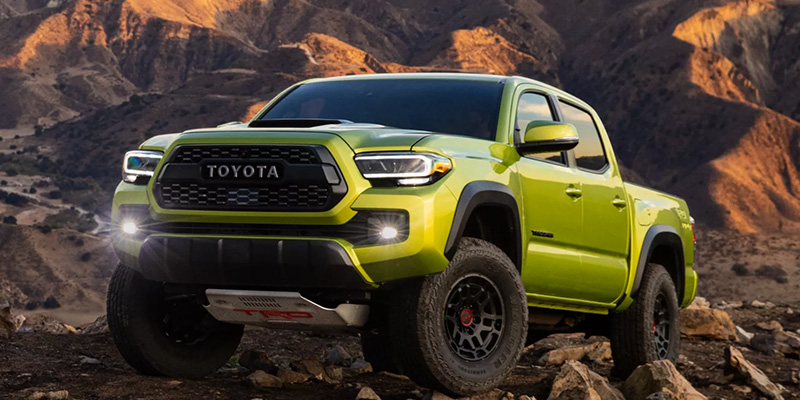Rust is the silent killer of vehicles. While a shiny coat of paint and a roaring engine may capture attention, it’s often what lies beneath that determines a vehicle’s true durability.
Whether you live in a snowy climate with salted roads or near the coast with salty sea air, corrosion can wreak havoc on even the most well-engineered machines.
Rust not only degrades a car’s aesthetic appeal, but it also compromises structural integrity, safety, and resale value. That’s why rust resistance has become a top priority for many car buyers, especially those planning to keep their vehicle for the long haul.
Some automakers go to great lengths to shield their vehicles from oxidation by using galvanized steel, advanced coatings, aluminum panels, or even full plastic composite bodies. Others, however, fall short—either due to cost-cutting on undercoating or poor design choices that trap moisture and debris.
Understanding which vehicles are built to resist corrosion and which ones tend to flake away is essential for consumers aiming to make a smart, long-term investment.
In this article, we’ll explore five vehicles that have built strong reputations for rust resistance, along with five that are notorious for developing rust issues over time. Our selection is based on data from consumer reports, long-term owner feedback, mechanic experiences, and industry corrosion testing.
Keep in mind that individual driving conditions, maintenance habits, and geographic location all play a role in rust development. But even with perfect upkeep, some vehicles simply fare better than others when it comes to the elements.
So whether you’re shopping for a new car or want to evaluate your current one, this deep into rust performance can help guide your decisions. Let’s start with the ones that stand the test of time—and salt.
Also Read: 5 Cars That Work Well With Trailers and 5 That Struggle to Tow
5 Rust-Resistant Vehicles
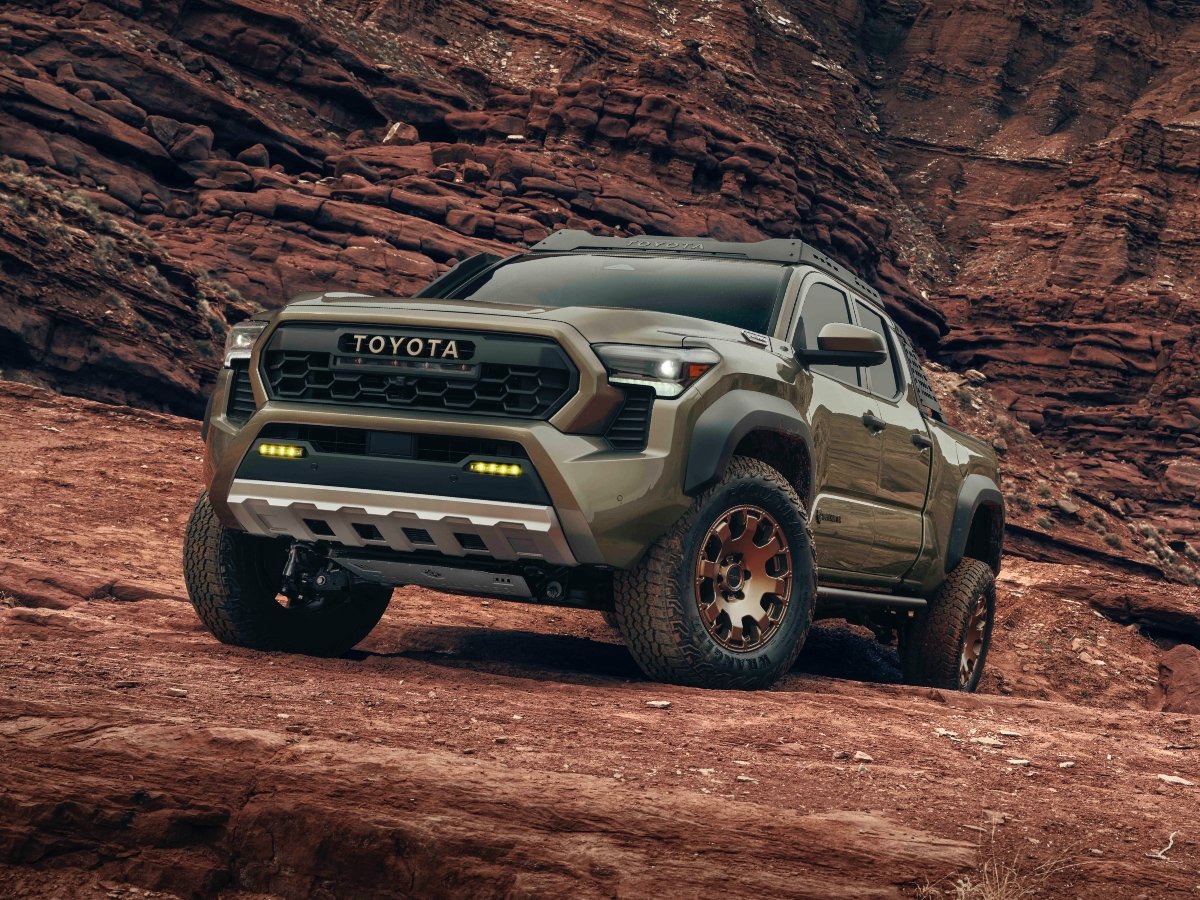
1. Toyota Tacoma
Toyota has long been known for its commitment to durability, and the Tacoma stands as a testament to that legacy. The mid-size pickup truck is particularly popular in regions with rough climates, from snow-drenched Canadian provinces to the humid, salt-heavy air of coastal Florida.
Toyota’s consistent use of galvanized steel panels and factory-applied undercoating has helped keep corrosion at bay in the Tacoma. It also benefits from a well-sealed chassis and drainage system that prevents moisture from pooling in the undercarriage.
The second and third-generation Tacomas (2005–present) improved substantially in rust resistance over their predecessors. Although early 2000s models were recalled for severe frame rust issues, Toyota corrected these flaws by reinforcing newer models with stronger corrosion-resistant materials and better drainage engineering.
Since then, owner forums and mechanic reviews report minimal surface rust and long-lasting structural integrity, even after years of exposure to the elements.
What makes the Tacoma particularly unique is its combination of off-road capabilities and rust durability. Many rust-resistant vehicles avoid rough terrain, but the Tacoma thrives in muddy trails and snow-packed roads.
This balance of toughness and longevity makes it a top pick for buyers looking for reliability not just on the road, but underneath it as well.
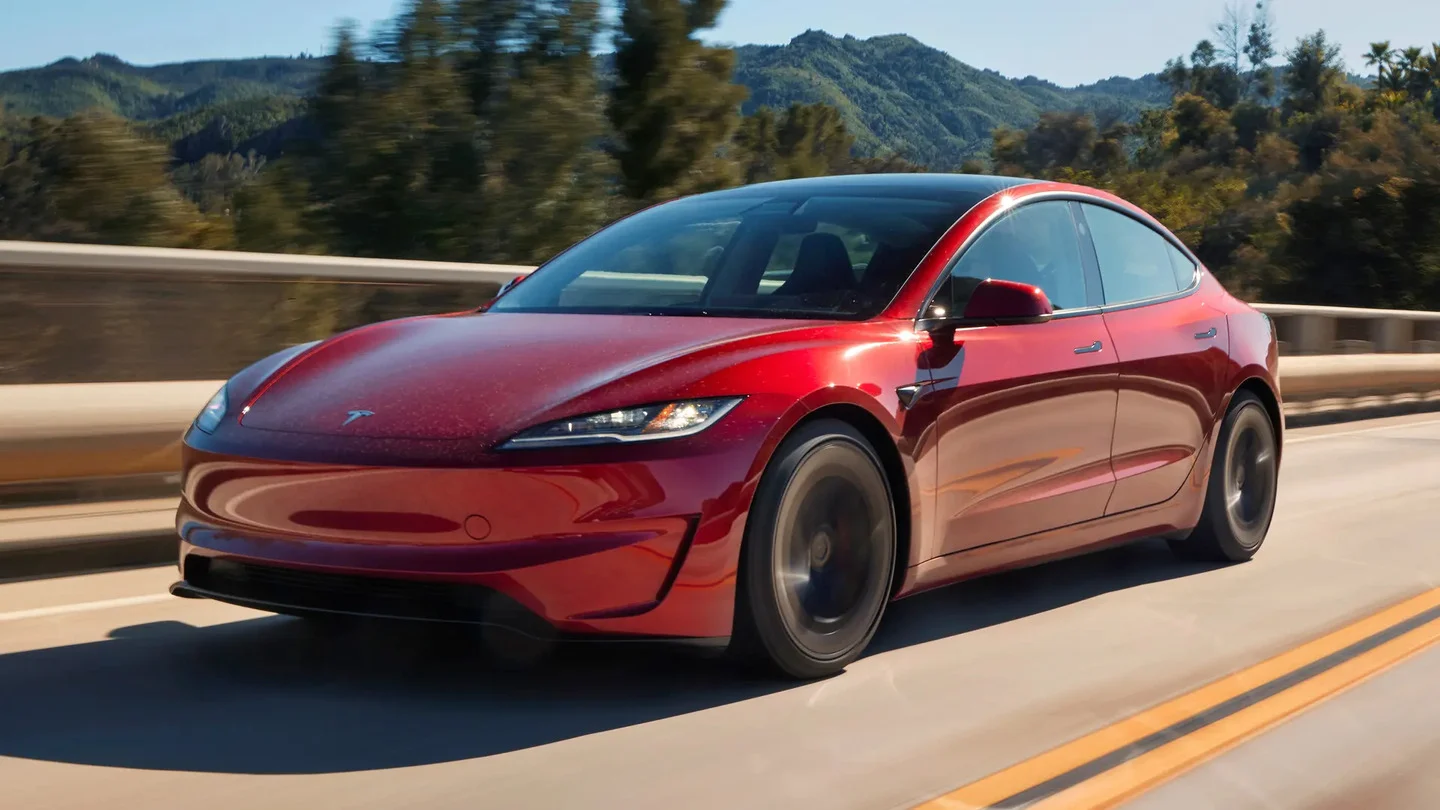
2. Tesla Model 3
Electric vehicles are often praised for their innovation, but the Tesla Model 3 also scores points for its surprising resistance to rust. Unlike many traditional vehicles, the Model 3 incorporates extensive use of aluminum in its body panels and undercarriage.
Aluminum does not rust in the conventional sense—instead, it forms a thin layer of oxidation that protects the material from further decay. This built-in resilience makes the Model 3 a smart choice for those living in harsh climates.
Tesla also employs advanced paint technology and underbody shielding to protect vital components from water and road debris. While early production models had some quality control issues (such as uneven panel gaps and paint thickness), the corrosion resistance of the vehicle’s structural materials has consistently received praise.
In cold-weather regions, Model 3s are frequently seen operating without the telltale orange spotting that plagues traditional sedans.
It’s also worth noting that electric vehicles like the Model 3 have fewer components susceptible to rust. There’s no exhaust system, fewer moving parts, and no fuel lines—all typical trouble spots in gas-powered cars.
Combined with proactive software monitoring and Tesla’s frequent over-the-air updates, the Model 3 offers a modern approach to rust prevention backed by both material science and smart design.

3. Honda CR-V
The Honda CR-V has built a reputation over the years for reliability, fuel efficiency, and family-friendly utility, but one of its unsung advantages is its rust resistance.
Honda began integrating galvanized steel extensively in the early 2000s, and CR-Vs from the third generation onward (2007+) have shown significant improvements in rust protection compared to earlier models. A tightly sealed underbody and minimal use of exposed welds reduce the chance for moisture to invade critical structural points.
While some automakers offer rust protection as an optional add-on, Honda incorporates corrosion resistance as part of the standard manufacturing process.
CR-Vs are subjected to a cathodic electrodeposition (e-coating) process during production, which ensures that even hard-to-reach areas like inner door panels and rocker panels receive uniform anti-rust treatment.
This has led to fewer reports of premature rusting, especially in regions like the Midwest and Northeast U.S., where road salt is common.
In addition to its materials and coatings, the CR-V benefits from thoughtful design that promotes rust prevention. Drainage holes are strategically placed to prevent water pooling, and wheel wells are shaped to deflect debris away from the body.
This kind of detail-oriented engineering has made the CR-V a favorite among rust-conscious buyers who want peace of mind without having to invest in aftermarket coatings.
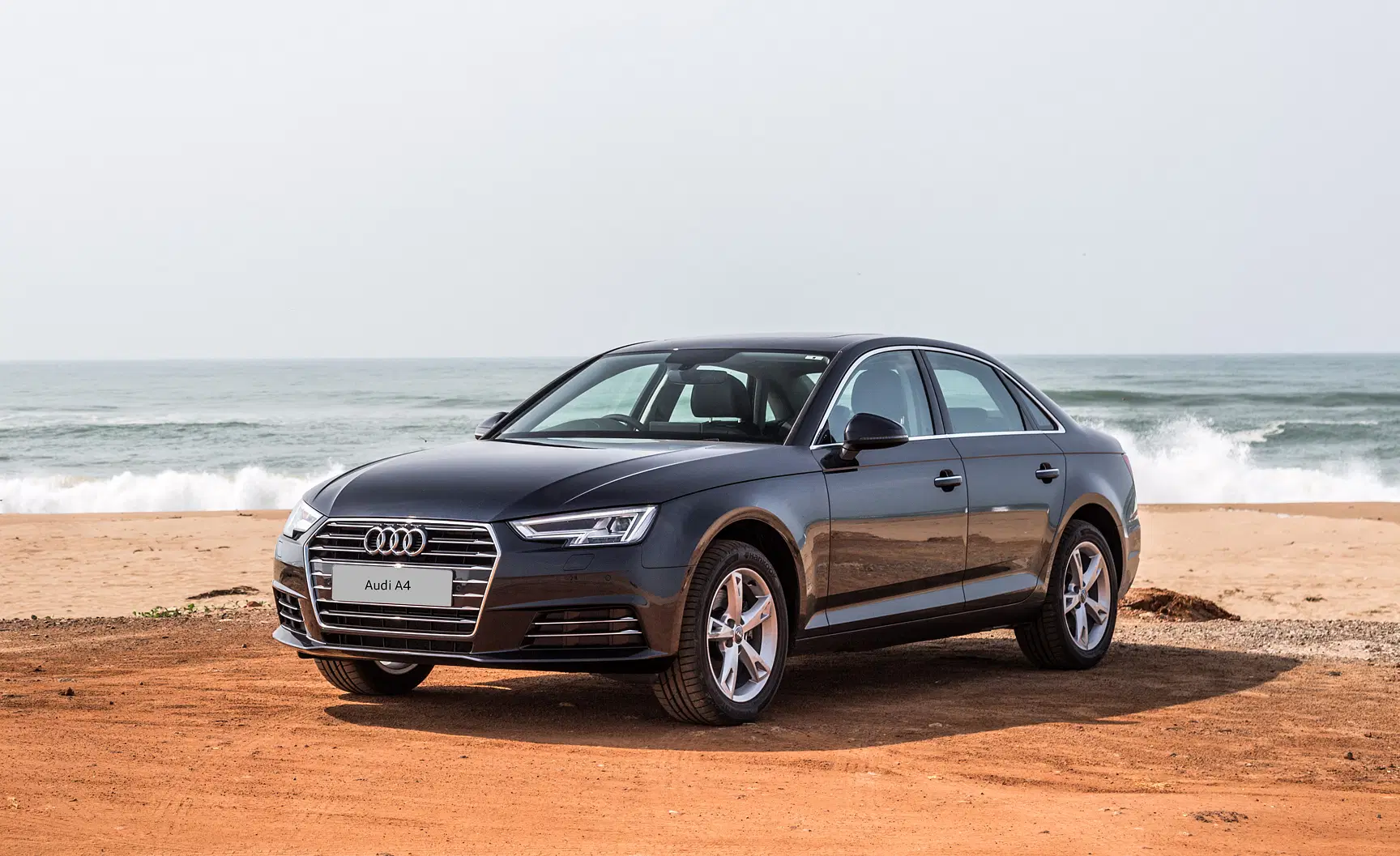
4. Audi A4 (Post-2010 Models)
Audi’s reputation for luxury and performance often overshadows the practical strength of its construction. However, the Audi A4, particularly models built after 2010, is one of the most rust-resistant luxury sedans on the market.
Audi uses a multi-layer paint system and extensive aluminum in the body shell and suspension parts, making the A4 especially resistant to rust.
Starting with the B8 generation (2008–2016), Audi moved toward using hot-dip galvanized steel throughout the A4’s chassis. In addition, aluminum components on doors, hoods, and fenders contribute to corrosion resistance.
Owners of A4s from the past decade report minimal rust problems, even in areas with heavy snowfall and road salting. Audi’s factory warranty even covers rust perforation for 12 years in many markets, showing confidence in the vehicle’s resilience.
Audi also equips the A4 with wheel arch liners and underbody panels designed to minimize direct contact between moisture and critical steel components.
Drainage and ventilation systems in the vehicle’s structure allow trapped water to escape, reducing the likelihood of hidden rust forming over time. This makes the A4 a solid pick for luxury car buyers who want more than just visual appeal—they want long-term protection as well.

5. Subaru Outback
Known for its rugged, go-anywhere image, the Subaru Outback is another standout when it comes to rust resistance. Subaru uses galvanized steel and high-quality undercoating materials on all Outback models, particularly starting from the fifth generation (2015+).
These upgrades were implemented in direct response to earlier rust issues in models from the early 2000s. The Outback is often driven in conditions that expose it to rust, snow, mud, saltwater, and gravel, and Subaru engineers have designed the vehicle accordingly.
Protective cladding around the wheel arches and side sills helps reduce chipping and keeps moisture away from bare metal. Additionally, newer Outbacks come with improved drainage channels and splash guards that work in tandem to deflect road grime and water.
Perhaps most importantly, the Outback benefits from Subaru’s symmetrical all-wheel drive system, which doesn’t require many of the exposed moving parts that traditional AWD systems have.
This simplifies the undercarriage and reduces the number of corrosion-prone components. For drivers in rust-prone regions who still want adventure capability, the Outback delivers both peace of mind and all-terrain confidence.
5 Vehicles Known for Rust Issues
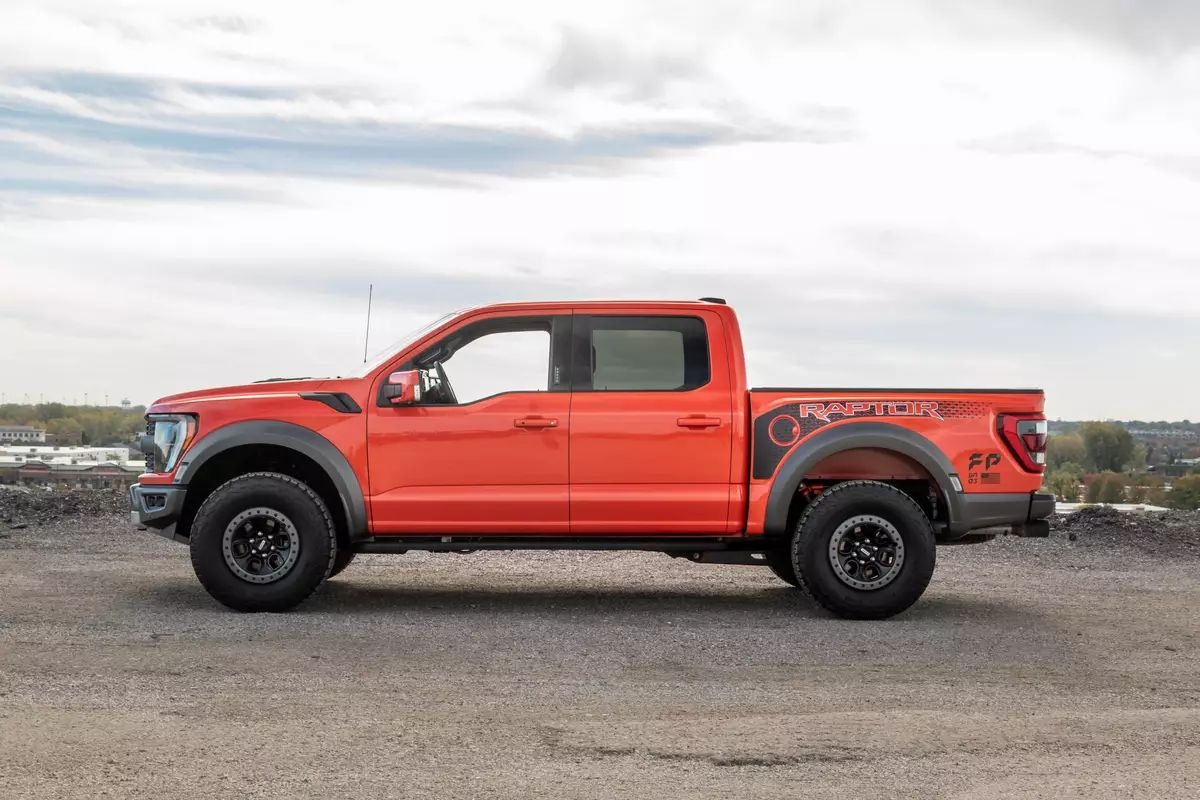
1. Ford F-150 (2004–2010 Models)
Despite being one of the best-selling trucks in the U.S. for decades, certain model years of the Ford F-150 have developed a reputation for serious rust problems, especially those manufactured between 2004 and 2010.
These models frequently suffer from premature rusting on the rocker panels, cab corners, tailgate, and underbody. In northern climates, where road salt is a common winter occurrence, F-150 owners have reported visible rust developing within just a few years of purchase, even with regular washing.
Much of the problem stems from Ford’s decision to use thinner gauge steel to reduce weight during these model years. Combined with limited undercoating and poorly designed water drainage points, this created the perfect storm for oxidation.
Moisture would accumulate in wheel wells, behind body panels, and on the frame without any adequate escape route, leading to internal rust that would eventually bubble out to the surface. Even more troubling, the corrosion wasn’t just cosmetic—it often compromised critical components like brake lines, fuel tanks, and suspension mounts.
While Ford has made substantial improvements to rustproofing in later models (especially post-2015 when the aluminum body debuted), the legacy of corrosion in earlier F-150s still haunts buyers of used trucks.
These rust issues have significantly impacted resale values and led to class-action lawsuits and widespread dissatisfaction among owners. For anyone shopping in the used truck market, it’s critical to inspect these models thoroughly or avoid them altogether unless rust treatment has already been done.

2. Mazda3
The Mazda3 has long been praised for its sporty handling and affordable pricing, but earlier models (particularly 2004–2009) suffer from some of the worst rust issues in the compact car category. In regions with cold winters and salted roads, rust commonly appears along the rear wheel wells, rocker panels, and undercarriage within just a few winters.
Many owners have reported paint bubbling and flaking even with meticulous care, often leading to expensive bodywork or accelerated vehicle degradation.
One of the root causes is Mazda’s limited use of galvanized steel during this period, which made the vehicle’s body more vulnerable to corrosion. Compounding the issue, poor design around the rear wheel wells allowed salt and water to collect in the inner fender area with no efficient drainage system.
Over time, the metal would begin to oxidize from the inside out, meaning that by the time rust appeared externally, significant structural damage had already occurred beneath the surface.
In response to customer complaints and high warranty claims, Mazda improved rustproofing in later models, particularly starting with the 2010 redesign. Newer models received better sealing, improved coatings, and galvanized panels.
However, the stigma of rust still shadows the early Mazda3, and many prospective buyers approach those model years with caution. If you’re considering buying one used, make sure to check beneath the paint and request a detailed inspection before proceeding.

3. Chevrolet Silverado
The Chevrolet Silverado, especially models from 1999 to 2007 (often referred to as the “Classic” body style), is another full-size truck that has become notorious for rust-related issues.
While the truck is known for its powerful performance and hauling capabilities, it’s also known in cold-weather states for having frames that rust out, often alarmingly quickly. The rear fenders, cab corners, rocker panels, and underbody cross members are all vulnerable to corrosion, even with regular underbody washes.
What makes this rust issue especially concerning is the tendency for critical structural components to deteriorate. Many Silverado owners have experienced frame rot, fuel line rust, and brake line failures due to corrosion. GM used a partially sealed undercarriage design that, unfortunately, allowed water and road salt to collect rather than drain away.
Without protective galvanization and sufficient undercoating in key areas, the frames often degraded from the inside out, making detection difficult until serious damage had already occurred.
In fact, rust was such a problem that GM issued multiple service bulletins and recalls related to corroded brake lines and other underbody components.
While the newer Silverado generations have shown improvements in materials and coatings, the rust stigma attached to the early 2000s models remains strong in the used market. Shoppers in snowy regions are advised to avoid this generation or invest in professional rustproofing immediately after purchase.
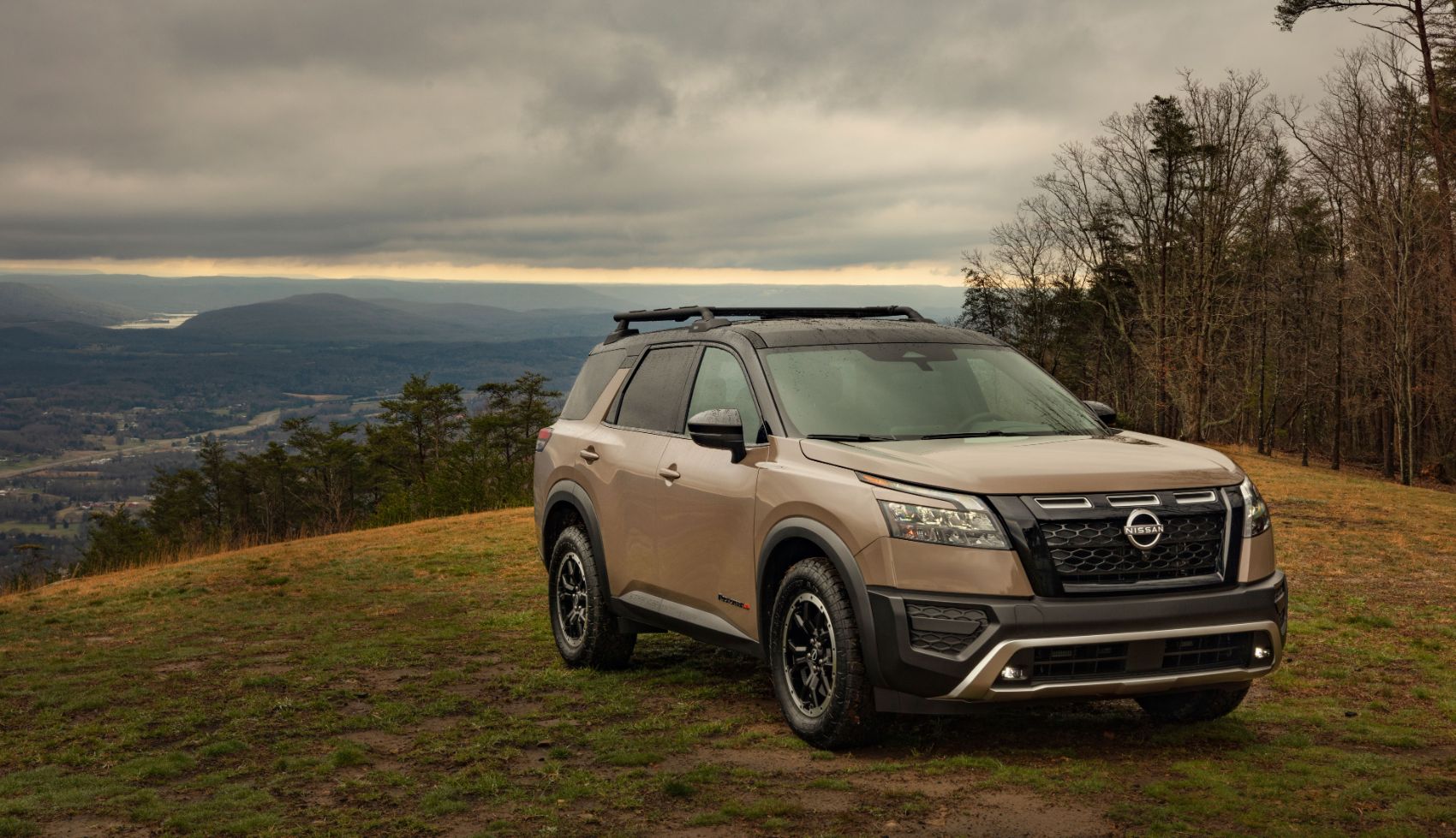
4. Nissan Pathfinder (2005–2012 Models)
Once considered a go-to option for rugged family SUVs, the Nissan Pathfinder, particularly between 2005 and 2012, has been dogged by persistent and dangerous rust issues. Owners have reported extensive rust on the undercarriage, suspension components, and even the radiator support, sometimes leading to outright failure.
These rust problems are especially common in snowbelt states, where road salt and moisture have a high chance of becoming trapped in the SUV’s subframe and body cavities.
The most notorious rust issue involves the vehicle’s front strut towers, which have been known to corrode to the point of separating from the frame. In fact, Nissan issued a safety recall for over 250,000 Pathfinders (and similarly built Xterras and Frontiers) due to potential front suspension collapse from rusted strut towers.
This kind of corrosion is more than cosmetic—it represents a serious safety concern that can lead to loss of vehicle control or complete breakdowns.
In many of these models, poor water drainage and minimal rust-proofing led to the vehicle aging quickly, even with regular maintenance. Used car buyers often find that exterior paint may still look decent while the structural components underneath are compromised.
Although the Pathfinder was redesigned in 2013 with improvements in materials and design, its legacy rust issues remain a cautionary tale for those eyeing older models on the used market.
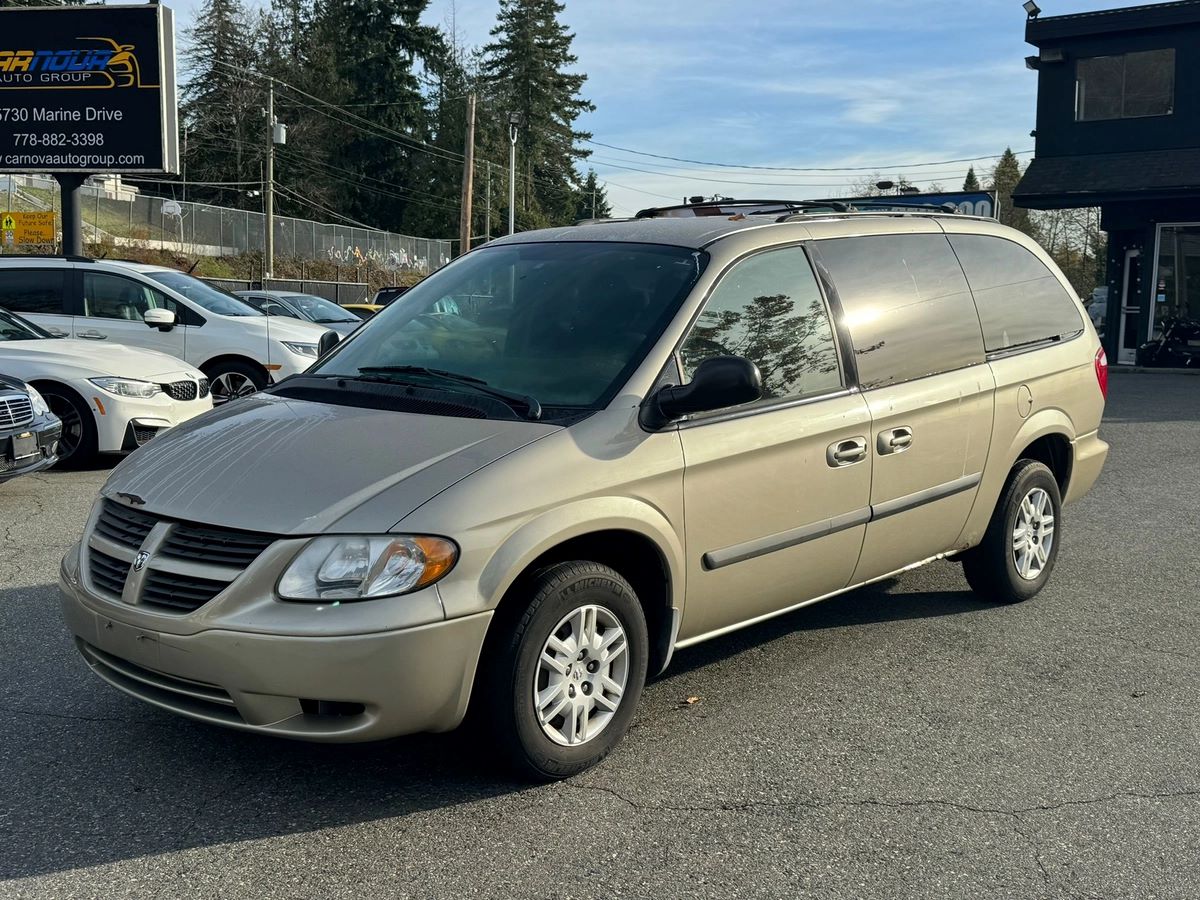
5. Dodge Caravan/ Chrysler Town & Country (2001–2010 Models)
The Dodge Caravan and its more upscale sibling, the Chrysler Town & Country, were once dominant players in the minivan market, offering spacious interiors and affordability.
Unfortunately, models built between 2001 and 2010 have been plagued by persistent rust issues that significantly detract from their longevity and resale value. Rocker panels, rear wheel arches, and underbody seams are especially prone to early corrosion, even on vans with low mileage and good maintenance records.
Part of the issue lies in the design of the body and undercarriage. Drain holes intended to remove moisture were often insufficient or became clogged, allowing salty slush and road grime to collect and stay trapped behind panels.
Additionally, Chrysler’s use of lower-grade steel and inconsistent factory undercoating during those years led to many vans developing visible rust within just a few winters. Owners have described large flakes of rust falling off rocker panels or rear quarter panels, disintegrating altogether.
Despite these issues, the Caravan/Town & Country remained a best-seller for years, mainly due to price and practicality. However, for buyers in northern states, the cost of rust repair often outweighed the initial savings.
By the time the vans were redesigned in the early 2010s, rustproofing had improved, but the damage to reputation had already been done. If you’re in the market for a reliable used minivan, it’s best to steer clear of these earlier models unless extensive anti-rust treatments have been verified.
Rust might not be the first thing buyers consider when choosing a new or used vehicle, but it should be. Corrosion can silently destroy a car’s value and safety over time, especially if you live in areas with high humidity, salty air, or heavy snowfall.
Fortunately, some vehicles are engineered to resist this threat, with advanced coatings, smart drainage, and rust-resistant materials like galvanized steel and aluminum. Models like the Toyota Tacoma, Tesla Model 3, and Subaru Outback showcase how design and material choices can dramatically reduce the risk of long-term corrosion.
Also Read: 5 Cars With Fuel-Saving Features That Work and 5 That Don’t Help
On the flip side, several well-known models—including the Ford F-150 (2004–2010), Mazda3 (2004–2009), and Chevy Silverado (1999–2007)—have struggled with serious rust problems that owners can’t ignore. Whether due to cost-cutting, poor engineering, or inadequate rustproofing, these vehicles have faced structural and cosmetic deterioration that affects safety and resale value alike.
Rust resistance is a form of long-term protection that pays dividends. If you’re buying new, research the manufacturer’s rustproofing process and warranty. If you’re buying used, inspect the vehicle thoroughly or bring a trusted mechanic.
And no matter what you drive, regular washing, undercoating, and awareness can go a long way toward keeping rust at bay. When it comes to cars, it’s not just about what’s on the surface—it’s what’s eating away beneath it.

